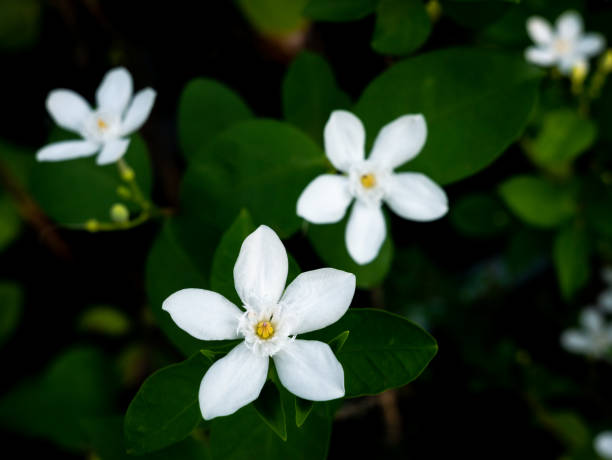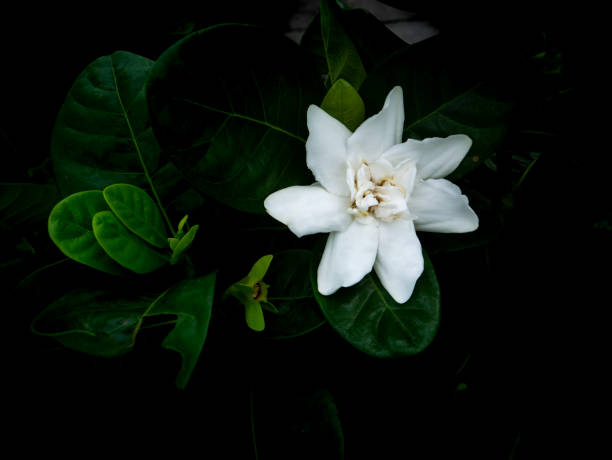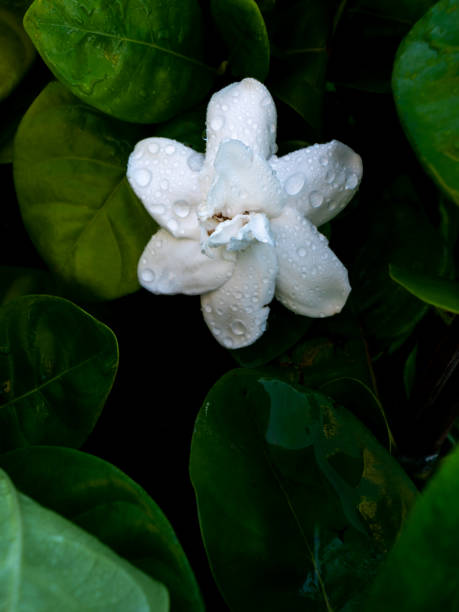How To Get Gardenia To Bloom
Gardenias are beautiful and versatile flowers. They can be used in bouquets, arrangements, and other floral designs. These beautiful flowers also have some interesting uses that can beautify your garden. Are you interested in learning how to make a gardenia bloom? Do you wish to have it blooming all year round? Know how to get gardenia to bloom so you can enjoy the fragrance of its flower.
Table of Contents
Ways on How to Make the Gardenia Bloom

Know When is the Blossom Time for Gardenia
The Gardenia plant develops flower buds from late spring to early summer, and in some cases, as early as early fall, depending on the Gardenia variety. It takes 2-3 years for them to bloom from seeds and around a year to blossom when produced from cuttings.
Know the Ideal Time to Plant Gardenia
Slight variations in the following parameters can have a considerable impact on bloom time and may even result in your buds remaining closed for an extended period. One of the factors is the planting time. Early fall is the best time to plant Gardenias because it is around 6 weeks before the last frost date in your area. If you reside in a climate with a hardiness zone lower than 7, make sure to plant your Gardenias in the spring to give your flowers plenty of time to establish themselves before the first frost arrives.
Provide Plenty of Moisture
You have to give your bare root Gardenia transplant plenty of moisture since you can see the roots in just seven days. Water them every 2-3 weeks, keeping their soil moist but not soggy from excess water until they begin receiving springtime rainfall after planting and growing for a minimum of seven months.
Water is required for the development of flowers. An inverse relationship exists between the amount of available soil moisture and the number of flower buds that remain on a plant until they mature. Plants will shed numerous flower buds before they open during periods of water stress, causing scarce water to be diverted to the roots rather than the flowers. To avoid this problem, keep the soil uniformly moist but avoid overwatering because gardenias do not appreciate having their feet wet.
Irrigating when the top two inches of soil feel dry is an important part of a smart watering program. Water plants thoroughly, then cover the soil with an organic mulch to keep the moisture consistent. Mulch is also useful for weed control surrounding plants because shallow-rooted gardenias are not tolerant of cultivation and therefore require protection.

Feed Your Plants
Give your bare root gardenia transplants a standard starter fertilizer in the spring to kick-start new leaf growth. Feed them regular amounts of 1/4 cup per plant every ten days throughout summer if you see bud set and flower initiation from March through early June. If no buds are forming, begin cutting back fertilization starting in mid-June so that dried foliage can burn off naturally during fall dormancy before winter sets in.
Gardenias require many nutrients to produce such a large number of beautiful blossoms. A slow-release acidic fertilizer such as azalea or camellia fertilizer should be used on your shrubs to keep them in good health. Blood meals from fish are all excellent choices for organic gardeners.
Prune at the Right Time
Gardenias make flower buds in late summer and fall for the next year’s blooms, which happen in the fall. To avoid cutting these flower buds, wait until the plant is done blooming in early summer to prune it.
Gardenias usually don’t need a lot of trimming. Plants can be reshaped by cutting back branches that aren’t straight or as productive. Faded flowers can be taken out at any time. Plants will start setting flower buds for the next season in late summer, so don’t cut them after mid-summer.
Fight Bud Drops
As soon as the flower buds are ready to bloom on a seemingly healthy gardenia, they fall off. “bud drop” can be caused by various circumstances, including environmental and cultural ones. Low humidity, overwatering, or underwatering are all common causes of mold. Low soil moisture can cause bud drop, which can be prevented through irrigation and mulching. Overwatering should be avoided at all costs.
High nighttime temperatures and insufficient light can also lead to bud drop. Temperatures between 50-55°F (10-12.8°C) are ideal for flower buds in gardenias. Unfortunately, gardeners do not influence this particular cause of flower demise. In contrast, the location generally affects the intensity of the light. Selective pruning of surrounding trees may be sufficient in certain circumstances to restore optimal light conditions for flowering.
Maintain the Right Temperature
For the health of your gardenia, maintain a temperature between 65-74°F (18.3-23.1°C). Flower buds set in cool temperatures often wilted and won’t develop properly. Warm temperatures encourage bud growth at just the right time, allowing for healthy performing flower buds to be formed within 17 days of dormant winter buds above ground, which then produce blossoms by mid-summer.

Increase Humidity
A relative to the temperature issue, maintaining adequate humidity is key in promoting good flower and bud development. Humidity levels above 60% are required for gardenias to bloom even in their natural environment properly. If a low-humidity area remains long after warm weather has returned, new buds may be set but will likely fall off due to lack of moisture or excessive heat. The ideal humidity level is 65-70%, although it may drop to as little as 30% in extremely dry conditions. To enhance the humidity level near the gardenia, mist frequently or supply pebble trays. Charcoal-filter air conditioners, heat lamps, and evaporative coolers may need to be provided if humidifiers are not sufficient enough on their own to maintain the desired level of humidity within a room or house during warm months.
Keep the Soil Wet
Maintain constant moisture in the soil and don’t let it dry out between waterings, so it stays healthy. Overwatering and underwatering the gardenia can result in bud drops and a lack of blossoms. Gardenias demand moist, well-drained soil.
Keep Bright but Indirect Sunlight
Gardenias do well in moderate shade or bright indirect light, depending on whether they’re being grown indoors or out. Even though gardenias can also be grown outside in mild temperatures, the climate is more easily controlled when they are cultivated indoors.
What is the best way to get gardenia to bloom?
Enforce a 14-Hour Dark Period
Gardenias require at least 14 hours of darkness each day to induce the proper amount of dormancy. Gardenias should never be exposed to light while they are in bloom. It may cause them excessive stress, resulting in either bud drop or rebudding after flowering is over and before natural dormancy reverts.
